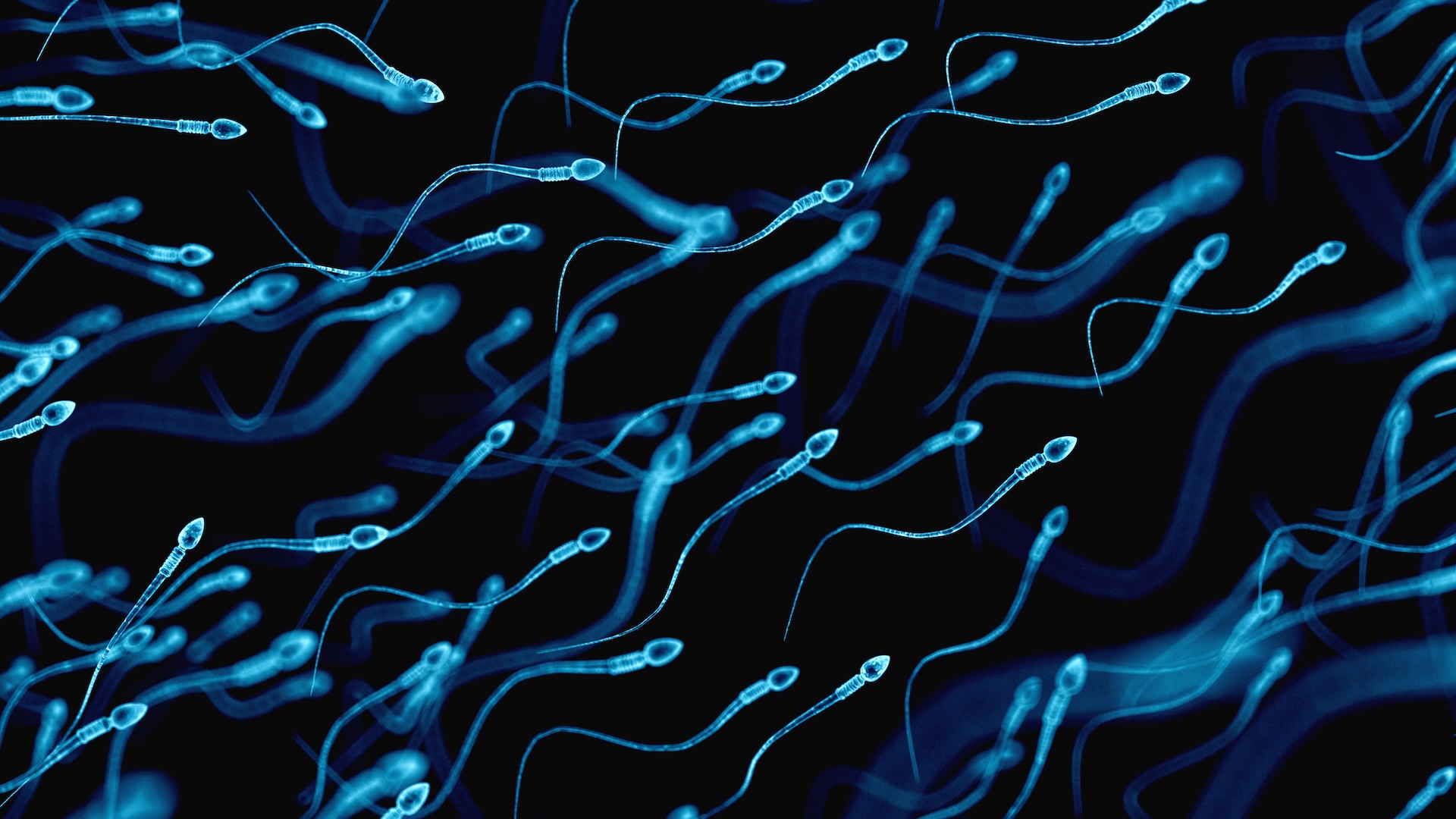Experts have urged swift action to address the impact of plastic additives on declining sperm counts and fertility rates worldwide, The Guardian reports.
What’s happening?
Earlier this month, a sixth round of United Nations-convened talks to address the plastics crisis fell apart.
Since 2022, countries have worked to reach an agreement on a legally binding plastic treaty facilitated by the U.N. Plastic production relies on fossil fuels, and oil-producing nations, such as the United States, have resisted proposed caps on manufacturing.
As tense treaty negotiations persisted, a second, perhaps seemingly unrelated, issue remained in the news: rapidly dwindling fertility rates.
In June, the BBC covered a report from the United Nations Population Fund, concerning “an unprecedented decline” in rates of reproduction. It focused in part on socioeconomic challenges to birth rates, but scientists say these aren’t the only contributing factors.
Shanna Swan, a professor at the Icahn School of Medicine in New York City, has been investigating links between environmental conditions and reproductive issues for years.
|
Want to go solar but not sure who to trust? EnergySage has your back with free and transparent quotes from fully vetted providers that can help you save as much as $10k on installation.
|
She told The Guardian that a notable decline in sperm counts can be attributed “largely, but not entirely … to toxins in the environment that have the ability to interfere with steroid hormones.”
With such chemicals found in many plastics, the publication noted that average sperm counts have fallen “at a rate of about 1% a year for the past 50 years,” with human fertility more broadly shown to be “diminishing at a similar rate.”
Swan emphasized that sperm counts haven’t been dropping steadily, though — the decrease has appeared to be accelerating.
“If you looked at all of the studies going back to 1973 you [would] see a 1% per year decline. But if you look at studies published after 2000, you see an over 2% decline,” she explained.
Why is plastic pollution a concern related to fertility?
In the UNFPA’s June report on fertility rates, the organization emphasized global instability and the rising cost of living as two factors influencing voluntary reproduction. It also identified “fear for the future,” including climate concerns, to be a reason cited by 19 percent of survey respondents as figuring into family planning decisions.
Meanwhile, environmental issues seem to be playing another role in the matter.
Swan noted that additives used to soften plastic (phthalates) and harden it (bisphenols) are known endocrine disruptors. “Phthalates lower testosterone and the bisphenols increase estrogen,” she told The Guardian. Past research from Swan and her colleagues also found that prenatal exposure to phthalates could impact the development of the male reproductive tract, leading to lower sperm counts later in life.
“When you see that total sperm count going down worldwide, what I believe is you’re seeing an important effect of early exposure to these chemicals,” she concluded.
What’s being done about it?
As a part of its fertility report, the UNFPA recommended improving equitable access to “comprehensive reproductive health services,” which could include care that takes environmental research and factors into account.
And while the U.N.’s plastic treaty efforts have yet to result in an agreement, contacting lawmakers to demand action that curbs plastic production globally is one way to address the issue.
Consumers voting with their dollars can help too. At an individual level, using less plastic and replacing one’s most-used items with plastic-free alternatives could reduce direct exposure to endocrine-disrupting chemicals.
Join our free newsletter for weekly updates on the latest innovations improving our lives and shaping our future, and don’t miss this cool list of easy ways to help yourself while helping the planet.
